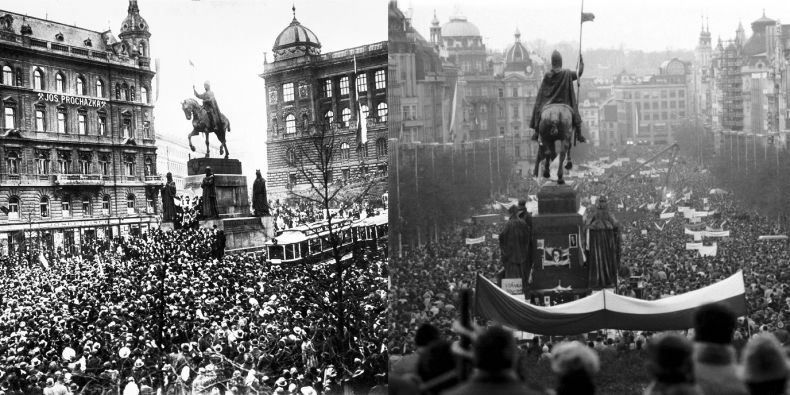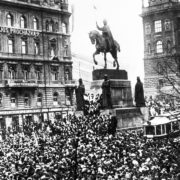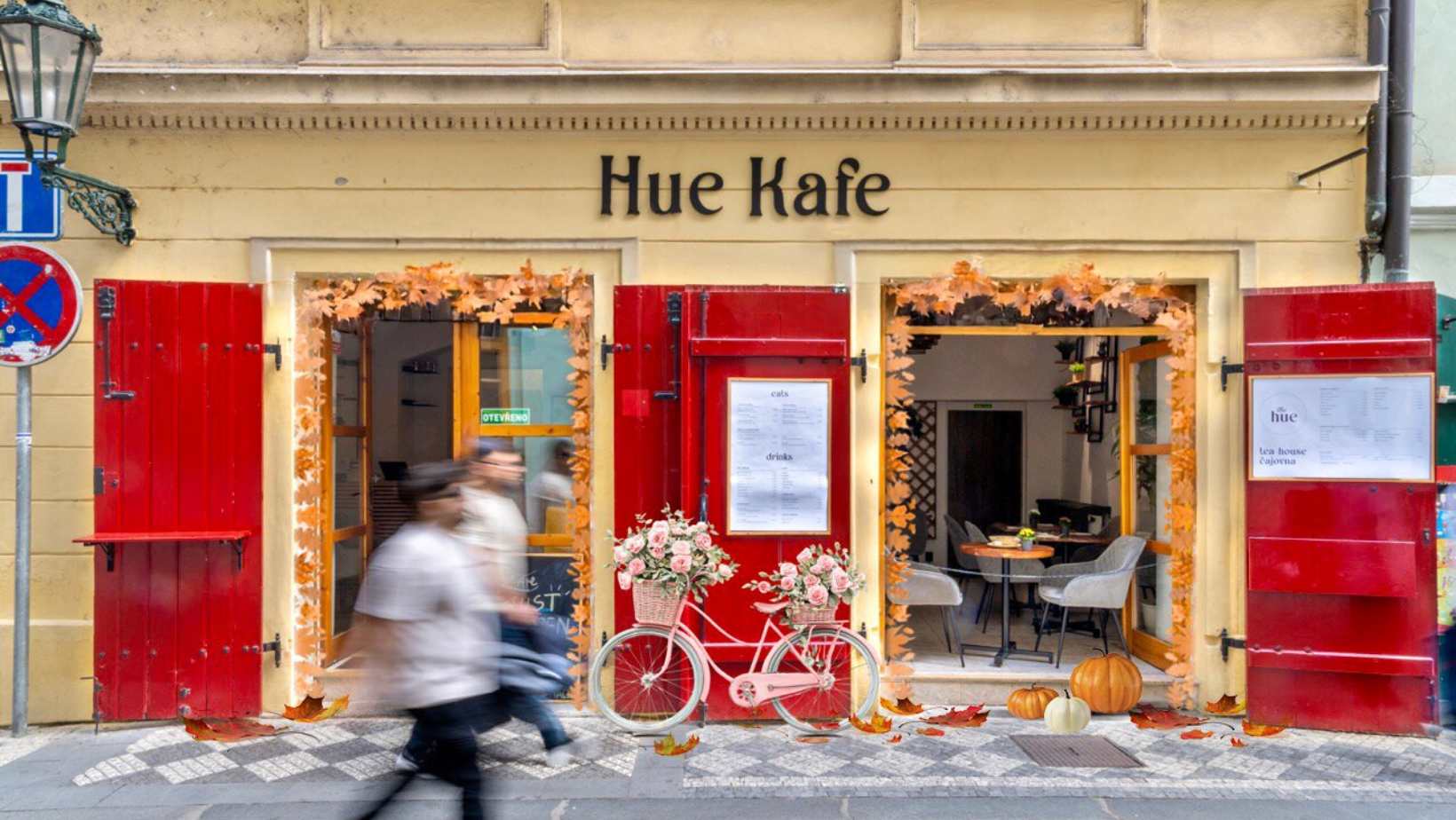Czechoslovak independence was declared on Wenceslas Square on October 28, 1918, beginning a new era for two nations which had previously been part of the Austro-Hungarian Empire.
When the new country was proclaimed on October 28, 1918, its leaders were still in exile.
Masaryk was chosen as president on November 14, while he was still in the United States. Beneš, the country’s foreign minister, was in Paris for the upcoming peace conference, as was Karel Kramář, who had become Czechoslovakia’s first prime minister.
Three historic lands, which make up today’s Czech Republic (Bohemia, Moravia, and part of Silesia) were part of the multinational Central European empire – the Austro-Hungarian Empire. During World War I, ambitions to be an independent nation-state were gaining in strength throughout the empire.
By the end of October 1918, signs were multiplying that the Imperial-Royal Army was shortly before collapse. The presidency of the Czechoslovakian National Committee resolved to meet the Czechoslovakian government-in-exile in Geneva with the plan of coordinating further steps.
However, in the meantime the situation in Prague was developing its own momentum: on 28 October 1918 it was reported that the emperor had sent President Wilson a note according to which Austria-Hungary would accept all conditions for an armistice.
The first red-and-white flags were hoisted in Prague – the colors of Bohemia. Without waiting for the actual announcement of the end of the war, people began to gather on St Wenceslas Square. Soldiers and policemen ripped off the insignia with symbols of the Imperial-Royal Monarchy from their uniforms and replaced them with the Czechoslovakian cockades in red, white and blue.
The first incidents erupted: the incensed crowd removed the double eagle and other Austrian national emblems from public buildings.
On St Wenceslas Square, under the monument of the patron of Bohemia, St Wenceslas, a group of politicians spontaneously proclaimed independence and the founding of the “Czecho-Slovakian State”.
The first Czechoslovak president, Tomáš Garrigue Masaryk, was later at the head of political representation that negotiated the creation of a new state at the international level.
Czechs and Slovaks together accounted for roughly two-thirds of the new country’s population; other nationalities within the state’s borders included Germans, Hungarians, Ruthenians, and Poles.
Although under international law, the new republic was not established until mid-1919 with the signing of the Treaty of Versailles and later other international agreements, in the Czech Republic, the foundation of an independent state will always be celebrated October 28, 1918, when the National Committee issued its first law, the law on the establishment of the independent state of Czechoslovakia.




-
NEWSLETTER
Subscribe for our daily news











